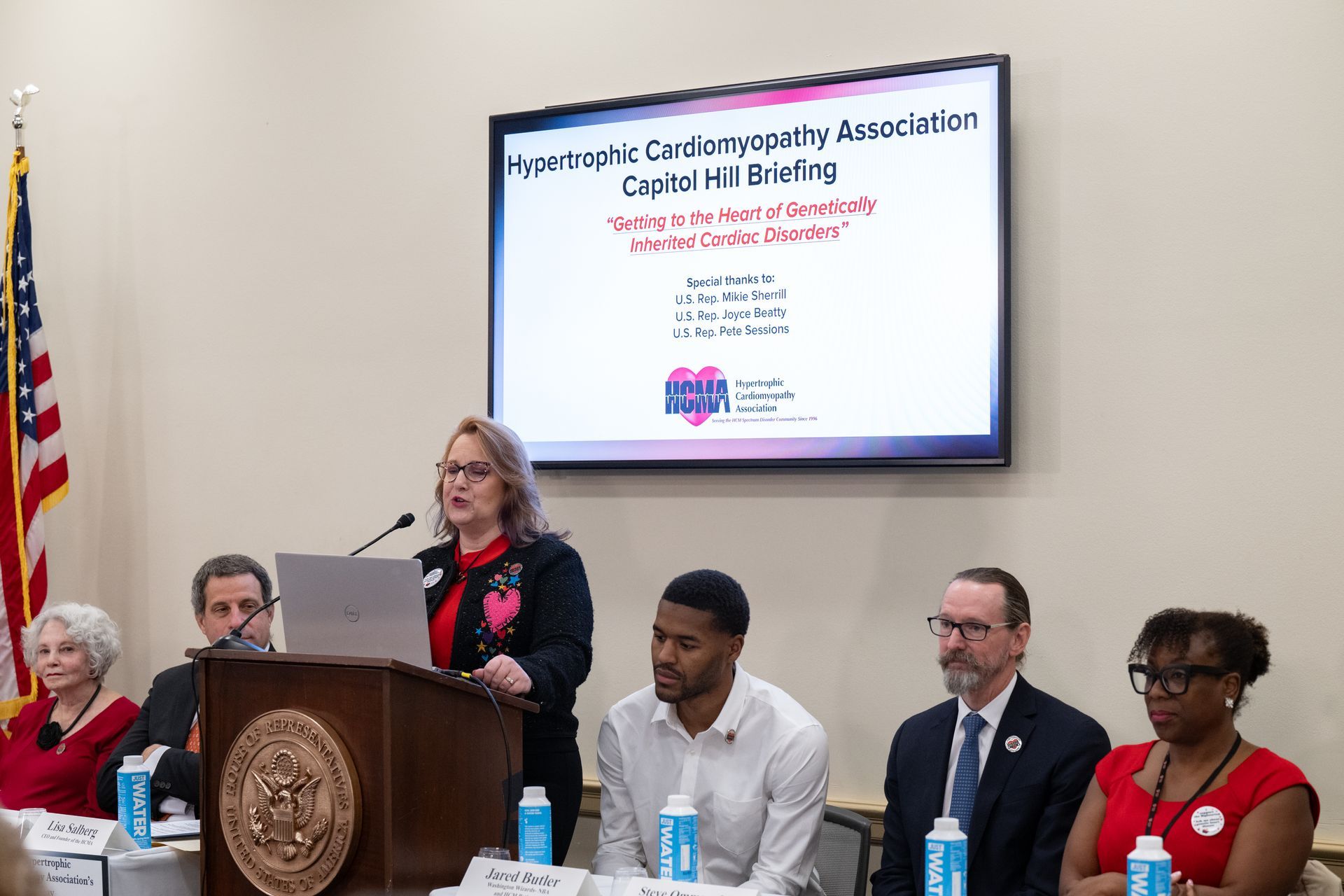2025/03/27 Bristol-Myers Squibb Company
Translated from Japanese
Read the original press release (Japanese)
Download the pdf file (Japanese)
*The information contained in this press release (including information on products not approved in Japan) is intended to inform stakeholders of the latest information related to Bristol-Myers Squibb, and is not intended to promote, advertise or advertise any pharmaceutical products.
Bristol-Myers Squibb Company announced today that it has received manufacturing and marketing approval from the Ministry of Health, Labour and Welfare for the selective cardiac myosin inhibitor Camzyos® Capsules 1mg, 2.5mg, and 5mg (generic name: mavacamten, hereinafter Camzyos® ) for the treatment of obstructive hypertrophic cardiomyopathy (HOCM). Camzyos® is the first and only small molecule selective cardiac myosin inhibitor that targets the underlying pathophysiology of HOCM.
Hypertrophic cardiomyopathy (HCM) is a primary cardiomyopathy in which ventricular hypertrophy (increased ventricular wall thickness) is observed despite the absence of clear causes such as other cardiac or systemic diseases. It is broadly classified as obstructive or non-obstructive depending on the presence or absence of left ventricular outflow tract obstruction. Clinical symptoms in HOCM patients vary in severity, but symptoms include shortness of breath at rest or during exertion, fatigue, chest pain, dizziness, and fainting. These symptoms have traditionally worsened gradually in the absence of effective treatment, increasing physical burden and significantly affecting the daily lives of patients and their families.
This approval is mainly based on the results of a domestic Phase III study (CV027004/HORIZON-HCM study) and an overseas Phase III study (MYK-461-005/EXPLORER-HCM study). The HORIZON-HCM study was an open-label, single-arm study evaluating the efficacy and safety of this drug in Japanese patients with HOCM. The primary endpoint, the change from baseline in left ventricular outflow tract pressure gradient after exercise at 30 weeks of administration, was -60.7mmHg (95% confidence interval [CI]: -71.54 to -49.86). The incidence of side effects up to 54 weeks of administration was 2.6% (1/38 cases), and the side effect observed was palpitations. No serious side effects were observed. Meanwhile, the EXPLORER-HCM study is a placebo-controlled, randomized, double-blind comparative study in patients with HOCM. The primary endpoint of clinical response at 30 weeks of treatment (meeting either "an increase of 1.5mL/kg/min or more in maximum oxygen uptake (pVO2) measured by cardiopulmonary exercise testing (CPET) and an improvement of at least one grade in NYHA (New York Heart Association) cardiac function class" or "an increase of 3.0mL/kg/min or more in pVO2 and no worsening of NYHA cardiac function class") was 36.6% (45/123 cases) in the drug group and 17.2% (22/128 cases) in the placebo group (between-group difference: 19.4%, 95% confidence interval [CI]: 8.67, 30.13, p=0.0005). The secondary endpoint of change in left ventricular outflow tract pressure gradient after exercise from baseline to 30 weeks of treatment was -47.2mmHg in the rituximab group and -10.4mmHg in the placebo group (between-group difference: -35.6mmHg, 95% CI: -43.15, -28.06). The incidence of side effects observed up to 38 weeks of treatment was 15.4% (19/123 cases) in the rituximab group and 14.1% (18/128 cases) in the placebo group. The main side effects were dizziness (4.1% in the rituximab group, 2.3% in the placebo group), headache (3.3%, 1.6%), atrial fibrillation (both 1.6%), insomnia (1.6%, 0%), and dyspnea (1.6%, 0.8%).
Angela Davis, Head of Research and Development at Bristol-Myers Squibb said, "Patients with hypertrophic obstructive cardiomyopathy, a chronic and progressive disease, and their families have long awaited a new treatment option. Japanese patients will now have a new treatment option with Camzyos®, a first-in-class cardiac myosin inhibitor that treats the underlying pathophysiology of this disease . We understand how important a milestone this approval is for patients and their families, and we will continue to work hard to make this agent available to patients as soon as possible."
About the Japanese Phase III Study (CV027004/HORIZON-HCM Study)
The HORIZON-HCM study is an open-label, single-arm study in 38 Japanese patients with symptomatic HOCM, with the aim of evaluating the efficacy, safety, and tolerability of the agent over a 30-week period, as well as the long-term effects of the agent.
About the overseas Phase III study (MYK-461-005/EXPLORER-HCM study)
The EXPLORER-HCM study is a placebo-controlled, randomized, double-blind comparative study in 251 symptomatic HOCM patients (123 in the drug group and 128 in the placebo group) to verify the efficacy of the drug and evaluate its safety and tolerability.
About Camzyos®
Myocardial contraction and relaxation depend on the formation of cross-bridges between actin and myosin in the sarcomere, where the myosin head forms a cross-bridge that strongly binds to actin, consuming adenosine triphosphate (ATP) as energy to contract the myocardium. In the sarcomere of HCM, it is thought that an excessive number of myosins form cross-bridges (are mobilized), causing hypercontraction of the myocardium . Camzyos® is a small molecule selective cardiac myosin inhibitor that inhibits the formation of cross-bridges between myosin and actin, ⅱ , attenuates myocardial contractile force, ⅲ , and is a small molecule compound with a novel mechanism of action that improves myocardial energy metabolism. As of the end of November 2024, it has been approved in 51 countries or regions, including the United States and Europe .
References
ⅰ Nag S, et al.: Sci Adv. 2023; 9: eabo7622 (PMID: 37506209)
ⅱ Kawas RF, et al.: J Biol Chem. 2017; 292: 16571-16577 (PMID: 28808052)
ⅲ Green, EM, et al.: Science. 2016; 351: 617-621 (PMID: 26912705)
[Product Overview]
| Sales name | Camzyos® Capsules 1mg, 2.5mg, 5mg |
|---|---|
| Common Name | Mavacamten |
| Date of approval for manufacture and sale | March 27, 2025 |
| Efficacy or effect | Hypertrophic obstructive cardiomyopathy |
| Dosage and Administration | The usual starting dose for adults is 2.5 mg of mavacamten taken orally once daily, and the dose can be increased or decreased according to the patient's condition, with the maximum dose being 15 mg. |
| Manufacturer | Bristol-Myers Squibb Company |
HCMA Blog


 Translate
Translate
